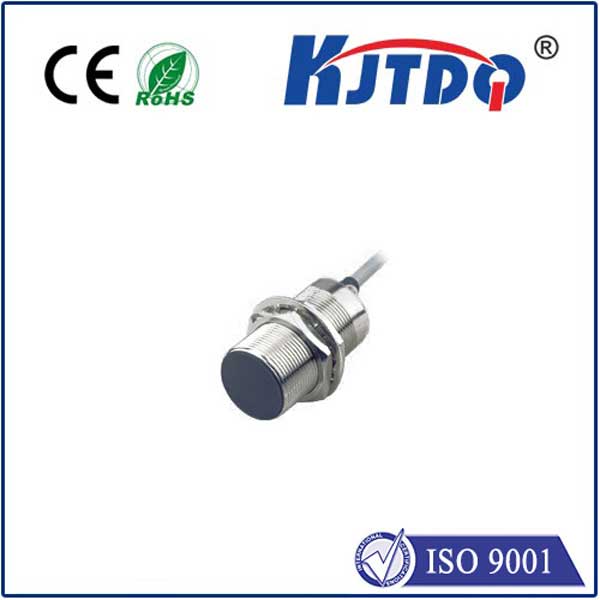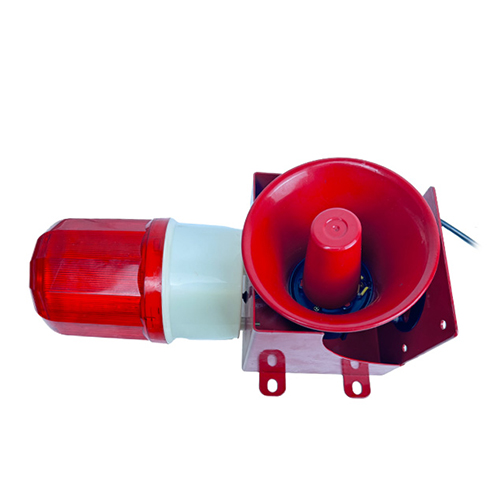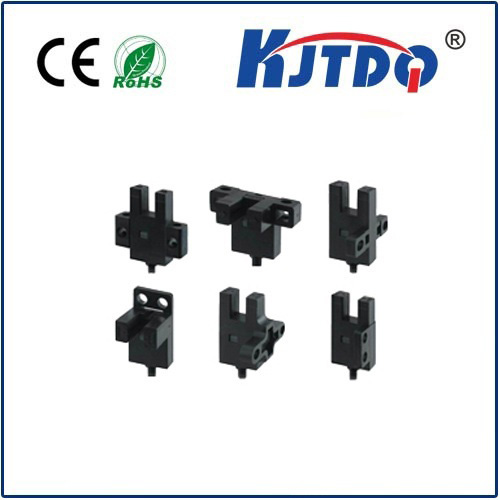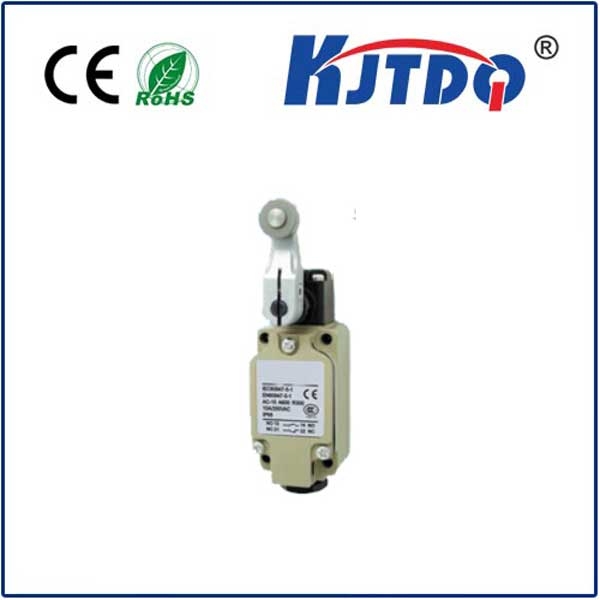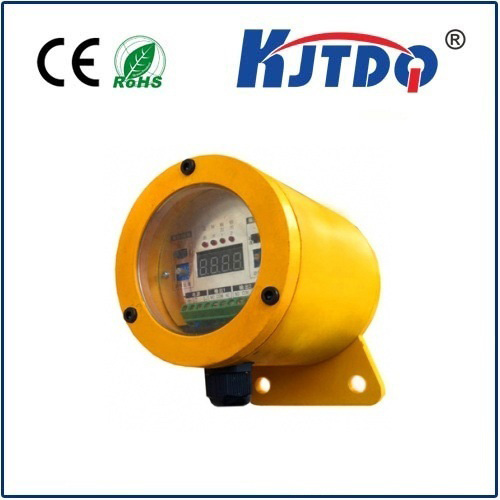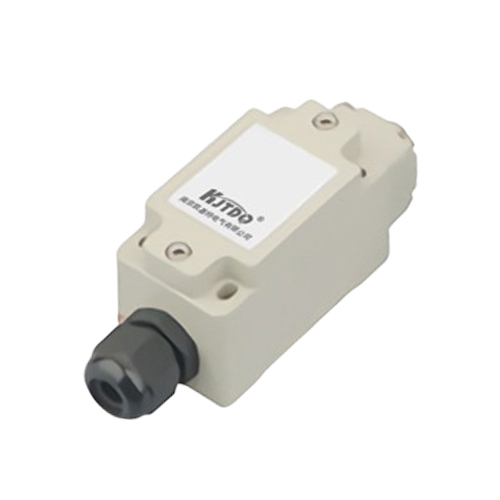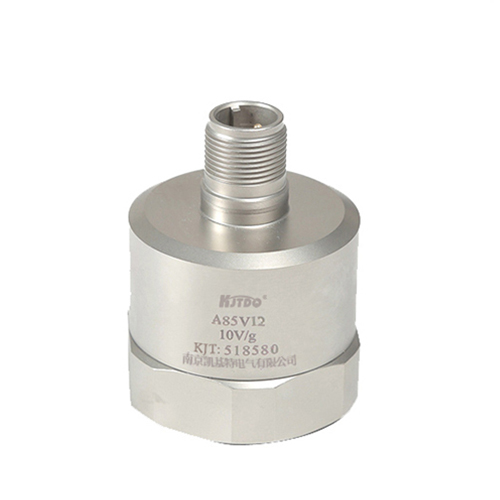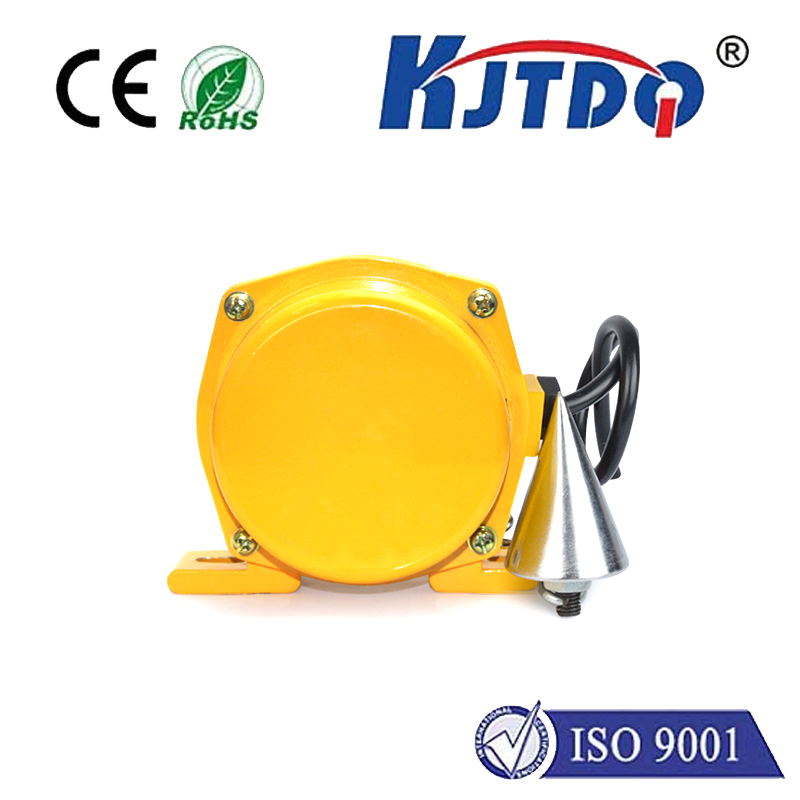

check

check

check

check

check

check

check

check

check

check
Title: Position and Cross Limit Switches in Robotics
In the world of robotics, position and cross limit switches play a crucial role in the safe and efficient operation of machines. These components are essential for ensuring that robots can move within their designated workspace, avoiding collisions with obstacles and other hazards. In this article, we will explore the role of position and cross limit switches in robotics, their types, functions, and how they work together to achieve seamless control.
1. Position and Cross Limit Switches: Definition and Function
A position switch is an electrically-operated device that detects when a machine or robot has reached a specific position within its workspace. It provides information about the robot's current position, allowing it to make decisions on where to move next. The function of a position switch is to provide feedback to a controller, indicating whether the robot has reached its desired location or if it needs to change its direction or speed.
A cross limit switch, also known as a safety switch, is a type of position switch that is used for protecting the robot from damage or injury. It acts as an obstacle detector, alerting the controller when the robot has come into contact with an object or obstacle. Cross limit switches are commonly found on industrial robots, particularly in areas where there is a high risk of collision.
1. Types of Position Switches
There are several types of position switches available for use in robotics, including:
a) Mechanical Switches: These switches use physical mechanisms to detect the robot's movement within its workspace. They are relatively simple to implement but can be prone to wear and tear over time.
b) Photoelectric Switches: These switches use light to detect the robot's movement. They are more reliable than mechanical switches but can be affected by changes in lighting conditions.
c) Optical Switches: Similar to photoelectric switches, optical switches use light to detect the robot's movement. However, they offer higher sensitivity and accuracy compared to other types of position switches.
d) Servo Motors: Servo motors can also be used as position switches, particularly in applications where precise positioning is required. They consist of a motor and a shaft that can be rotated to indicate the robot's current position.
1. Types of Cross Limit Switches
Cross limit switches come in two main types: normally open (NO) and normally closed (NC). Both types are designed to trigger an alarm or stop the robot's movement when it comes into contact with an obstacle. The difference between the two types is that normally open switches allow power flow in one direction (from the controller to the motor), while normally closed switches prevent power flow in either direction. This makes them ideal for applications where there is a risk of the robot getting trapped or entangled in its workspace.
1. How Position and Cross Limit Switches Work Together
When a position switch detects that the robot has reached its desired location, it sends a signal to the controller. The controller then uses this information to calculate the best path for the robot to follow. As the robot moves along its path, cross limit switches continuously monitor its surroundings for any potential obstacles or hazards. If a cross limit switch detects an obstruction, it triggers an alarm and prevents the robot from moving forward until it has cleared the area safely. Once the obstacle has been cleared, the robot can continue on its way. By using both position and cross limit switches in combination, robots can navigate complex environments with ease while minimizing the risk of damage or injury.
